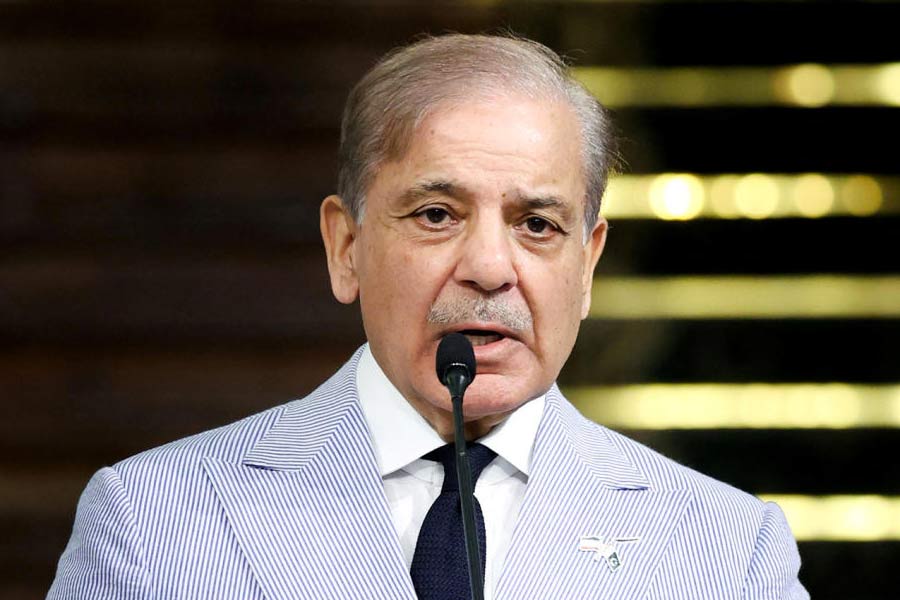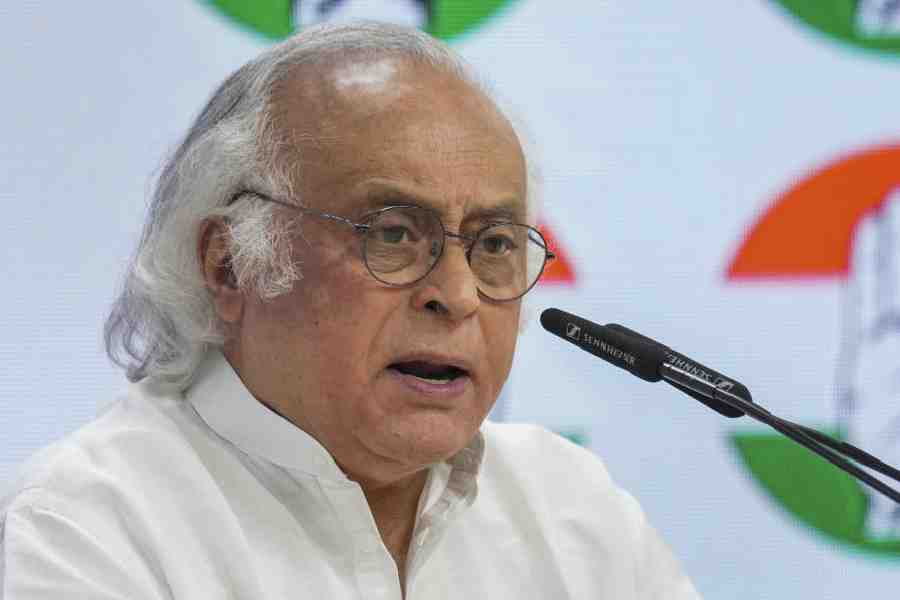New York: The governing body for women's tennis, WTA, is considering changing the rules to allow coaches to instruct players from the stands, its chief executive Steve Simon said.
Under the existing rules, players are allowed to take on-court coaching timeouts during WTA events, but can be fined for attempting to communicate with coaches while they are sitting in the stands.
Coaches can be ejected from court and players defaulted for persistent violations of the rule.
"The on-court coaching has been positive. I want to look at it further," Simon said.
"I don't know where it will go, but I am not understanding why we allow coaching on court but not from the (players') box. There's some great personalities among the coaches that could be good for our sport. It's something that I would actually like to see expand."
On-court coaching will be allowed at all women's tournaments next season, apart from the four Grand Slams, in a move that will not please the traditionalists who believe that tennis players should be left to their own devices on court.
However, if a coach wants to speak to a player, he or she must first clip on a microphone so that their words can be broadcast live on television.
Larry Scott, the chief executive of the WTA tour, believes that allowing on-court coaching at all tournaments will be popular with the armchair viewer. "The driving force behind this is really to innovate for television and allow our many fans around the world to get a little bit closer to what's going on behind the scenes, in the player's head, in the coach's head," Scott said, although he acknowledged that on-court coaching might not be to everyone's taste.
"It is a polarising issue, to be sure. But at the end of the day, I think this step shows a real commitment from our athletes and from our sport to award innovation, being as fan-friendly as possible and being as responsive to television as possible without altering the fundamentals of the sport."
Of course, there will be those who believe that Scott has already "altered the fundamentals of the sport", that this is a television-friendly step taken too far.
There have previously been some experiments with this at a handful of tournaments on the women's tour. Some players and coaches will probably embrace it with enthusiasm, while others will shirk away. It will be interesting to see how much information coaches divulge when they know that every word that comes out of their mouths is being listened to and analysed by the television audience.
Still, at least it will stop controversies about players receiving illegal coaching on court - there have been occasions when coaches have been accused of either calling out or of using hand-signals from the player-box.
The on-court coaching will be entirely voluntary. Coaches will be able to speak to their players once a set, and also when the opponent is receiving a medical time-out.
On-court coaching won't be extended to the Grand Slams, as they are not under the jurisdiction of the women's tour. And, at this stage, it would appear that there are no plans to also allow on-court coaching on the men's tour. There is no doubt that on-court coaching means that the game is not being played in its purest form.











